In the wake of the tragic shootings at Sandy Hook Elementary School, the National Rifle Association (NRA) has recommended more guns in schools. They want an armed guard in every elementary school in the country. This is the same NRA that co-chaired the American Legislative Executive Council's (ALEC) Public Safely and Elections task force that pushed the stand your ground laws that led to the Trayvon Martin controversy. But there was tremendous pushback to the NRA by activist groups like Color of Change. The amount of press coverage of the Trayvon Martin case, coupled with pushback on ALEC's voter ID laws caused many corporate donors to withdraw their funding and ALEC got rid of the Public Safely and Elections task force. The NRA can be defeated. Educators need to take up the NRA's challenge and fight back.
Policy recommendations in the aftermath of the Sandy Hook shooting seem to be converging on addressing symptoms rather than causes. Placing armed guards around schools, adding more camera surveillance, and arming principals and teachers are recommendations one hears over and over. Pundits from Conservatives like William Bennett to progressives like Paul Barrett, author of Glock: The Rise of America's Gun, are making the rounds of talk shows recommending the further arming of schools.
But not only does this solution fail to address any of the complex causes of school shootings, it also ignores the facts. While mass shootings are on the rise, they are declining in schools. Schools are safer than all other places where kids congregate, including cars and homes. According to the CDC's National Center for Injury Prevention and Control, of all youth homicides in the U.S., less than 2 percent occur at school. The 9/11 tragedy spawned the excesses of the USA Patriot Act. I fear that the senseless massacre of 20 children at Sandy Hook may lead to excessive security policies in schools because they give the illusion of safety, are less politically controversial, and provide hugely profitable markets for a growing security industry.
This is not to say that various forms of violence, including bullying does not occur in schools. However, schools, particularly in poor and working class neighborhoods have resorted to zero tolerance policies enforced by metal detectors, the presence of armed police, and surveillance cameras. As of 2010, the NYPD's school safety division, with 5,200 uniformed officers, was the nations fifth largest police force, larger than police forces of many major cities including Washington D.C., Boston, and Detroit. This has led to more low-income youth of color entering the criminal justice system for relatively minor infractions.
While zero tolerance policies are our usual visceral response to violence, they are seldom effective, and often cause more problems than they solve. Military language has crept into the Sandy Hook discussion. Talk of elementary schools as "soft targets" and making them "harder targets" or having more "boots on the ground" is everywhere in the media. Saner voices are promoting a restorative justice approach to school safety that aims at the school culture and seeks through mediation to build relationships. But our obsession with cognitive skills and testing in schools crowds out everything else, making it harder to address the socio-emotional lives of children. This leads to more stressed and isolated students who have not been taught how to deal with anger and frustration. Schools long ago gave up the notion of educating the whole child and replaced it with zero tolerance policies and high stakes testing.
The Sandy Hook tragedy should not push us to do more of the same: treat symptoms with more zero tolerance policies. Instead we need a paradigm shift in how we think about violence in schools and in society. And along with this paradigm shift, we as educators need to stand up to the NRA and others who think that more guns can make schools safer.